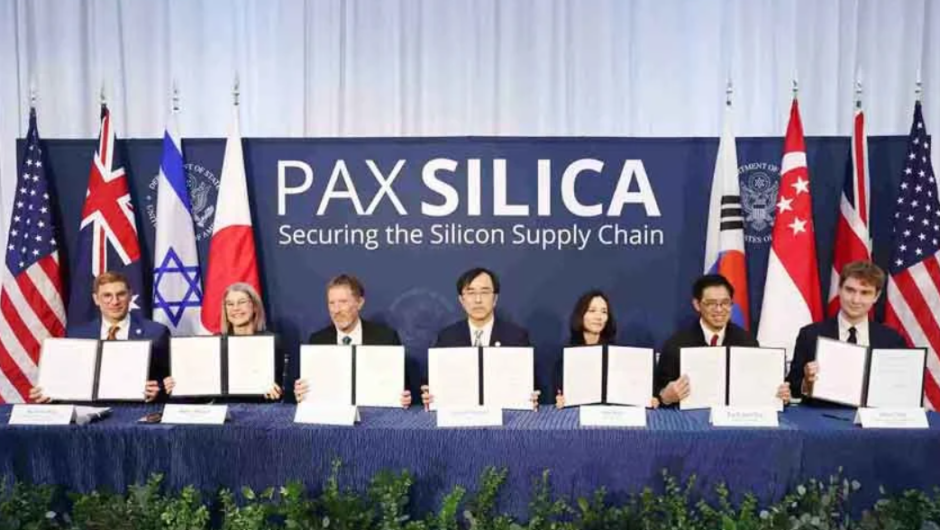Revised Minimum Wage Structure: In a significant move to support unskilled workers and address the challenges posed by inflation, the Sindh government has revised the minimum wage structure across the province. This initiative, as reported by ARY News, comes as part of the government’s efforts to ensure fair compensation and improve the living standards of workers in Sindh. The new wage structure, which will take effect on July 1, 2025, marks a progressive step towards economic equality and worker protection.
Details of the Revised Minimum Wage Structure
The newly issued notification sets the minimum monthly wage for unskilled workers at Rs. 40,000. This decision aims to ease the financial burden on workers and is expected to promote fair remuneration practices throughout the province. Announced by Provincial Labour Minister Shahid Abdul Salam Thahim, the revised wage policy categorizes salaries based on the skill levels of workers.
Semi-skilled workers will receive a monthly wage of Rs. 41,380, while skilled workers are set to earn Rs. 49,628 per month. Highly skilled workers will benefit from a wage of Rs. 51,745 per month. Additionally, an hourly wage of Rs. 192 has been approved, ensuring that workers are compensated fairly for their time and effort.
Broad Application and Enforcement
The Sindh minimum wage policy applies to both registered and unregistered industrial and commercial entities, ensuring non-discriminatory pay practices for both male and female workers. Employers across the province are required to adopt the new wage structure, with compliance being monitored by the Labour Department. This enforcement mechanism is critical to safeguarding the rights of workers and ensuring that employers adhere to the revised standards.
Provincial Labour Minister Shahid Abdul Salam Thahim emphasized the government’s dedication to labor wage policy reforms. He stated, “This revision is a considerable step toward protecting workers’ rights and providing a decent living.” The government continues to collaborate with industrial stakeholders, aiming to foster fairness and compliance across all sectors.
Protecting Workers’ Rights
To prevent unfair labor practices and ensure transparency, the notification mandates the use of recognized payment systems, such as bank transfers or cross-cheques, for wage disbursement. This measure is designed to provide workers with a secure and reliable way to receive their salaries, further enhancing the protection of their rights.
The revision of the Sindh minimum wage structure underscores the province’s commitment to supporting the interests and rights of workers. It reflects a proactive approach to reducing economic inequality and promoting social justice by guaranteeing a minimum level of income for all categories of workers.
Background and Proposal Revised Minimum Wage Structure
Prior to this announcement, the Sindh Minimum Wages Board had proposed an increase of Rs. 3,000 in the minimum wage for various categories of workers. The board submitted a recommendation to the provincial government, advocating for an 8.1% increase in the minimum monthly salary from Rs. 37,000 to Rs. 40,000. This proposal aimed to address the economic pressures faced by workers and ensure that the minimum wage keeps pace with rising living costs.
Revised Minimum Wage Structure The wage increase encompasses unskilled adults, adolescents, and workers across semi-skilled, skilled, and highly skilled categories. By implementing these changes, the Sindh government is taking a decisive step towards enhancing the economic well-being of its workforce and ensuring that all workers receive fair and adequate compensation for their contributions.
Topics #trending pakistan




